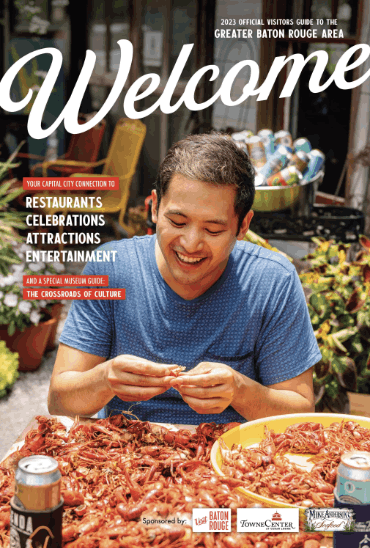History Unveiled: A Journey Through Time
From Indigenous Roots to a Modern Capital
Baton Rouge’s story begins centuries before it became Louisiana’s capital. The city takes its name from the French phrase “le bâton rouge”—the red stick—that explorers used to describe a tall cypress pole marking the boundary between Native American hunting grounds. This symbolic “red stick” represents the city’s enduring identity: a place of gathering, strength, and resilience.
Over the centuries, Baton Rouge evolved through French, Spanish, and British influences, each leaving its mark on the architecture, culture, and traditions you’ll experience today. The result is a community deeply rooted in history yet always looking forward—a dynamic reflection of Louisiana’s diverse heritage.
- Named “Baton Rouge” in 1699 by French explorers
- Founded officially in 1719, incorporated as a city in 1817
- Became Louisiana’s state capital in 1849, cementing its political and cultural influence
- Architecture blends French Creole, Spanish Colonial, and Antebellum styles
The Industrial Boom and Rise of the River City
In the early 20th century, Baton Rouge grew rapidly with the discovery of oil and the arrival of ExxonMobil (then Standard Oil) in 1909. The city became a powerhouse of energy production, innovation, and commerce, transforming into one of the Gulf South’s most important economic centers. Today, Baton Rouge’s skyline mirrors its spirit—a blend of modern progress and historic pride.
You can still see echoes of this industrial boom in the thriving downtown and along the Mississippi’s industrial corridor, where refineries share space with tech startups and research centers connected to Louisiana State University (LSU).
- ExxonMobil Refinery: One of the largest in the U.S., established 1909
- Home to Louisiana State University since 1869, shaping education and research for over 150 years
- Post–WWII growth: Transformed Baton Rouge into a leading industrial and educational hub
A Community Forged by Resilience
Baton Rouge’s modern history is one of perseverance and progress. From civil rights milestones to rebuilding after hurricanes, the city has consistently shown its capacity to unite and adapt. Its residents—diverse, proud, and community-minded—embody the city’s unofficial motto: “Stronger Together.”
Today, you’ll find a city that honors its past while confidently stepping into the future—where cultural heritage fuels creativity and historical awareness shapes civic pride.
- Notable landmarks: Old State Capitol, Magnolia Mound Plantation, and USS Kidd Veterans Museum
- Civil Rights Legacy: Site of key sit-ins and student protests during the 1960s movement
- Downtown Revitalization: Modern projects have transformed the riverfront into a vibrant hub for arts, dining, and community gatherings
Living here means being part of a story that continues to evolve—a city where every street, festival, and conversation reflects the layered history that shaped Louisiana’s capital.
